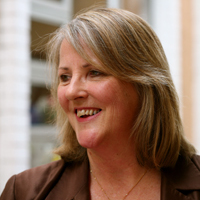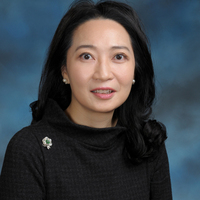IS International School Summer Winter 2011, Volume 13, Issue 3, pp. 47,49. Woodbridge, Suffolk: John Catt Educational Ltd., 2011
In 1983 a group of teachers at the ECIS autumn conference in Rome saw the need for a committee to... more In 1983 a group of teachers at the ECIS autumn conference in Rome saw the need for a committee to address the needs of second language learners, and the committee was born. The first subject-specific conference took place at the Vienna International School in 1987. Conferences followed over the years, with increasing numbers of participants – 500 at the 2008 venue in Geneva.







Uploads
Papers by Maurice Carder
There has been a vast amount of research into the learning needs and potential of second language learners, and it is possible to discern certain elements that are consistently desirable if these students are to be given equity in the curriculum. They include a focus on teaching language through academic content, the subject of this Toolkit, as well as training for all content teachers in methods and techniques for delivering the content language of their speciality.
Since that time huge amounts of research have taken place on language acquisition; and bilingualism, from being cast in a negative light, is now trumpeted in the popular press as staving off Alzheimer’s disease and contributing to cognitive benefits into old age (Pavlenko and Jarvis, 2002). Today, we know that maintaining the mother tongue at a similar level to the Second Language, English – or any other Language of Instruction (LOI) – will benefit learners; and also that raising linguistic awareness, training staff and instituting specific programmes will benefit Second-Language Learners (SLLs). However, it is necessary to provide appropriate programmes of instruction and carefully considered assessment procedures.
There has been a vast amount of research into the learning needs and potential of second language learners, and it is possible to discern certain elements that are consistently desirable if these students are to be given equity in the curriculum. They include a focus on teaching language through academic content, the subject of this Toolkit, as well as training for all content teachers in methods and techniques for delivering the content language of their speciality.
Since that time huge amounts of research have taken place on language acquisition; and bilingualism, from being cast in a negative light, is now trumpeted in the popular press as staving off Alzheimer’s disease and contributing to cognitive benefits into old age (Pavlenko and Jarvis, 2002). Today, we know that maintaining the mother tongue at a similar level to the Second Language, English – or any other Language of Instruction (LOI) – will benefit learners; and also that raising linguistic awareness, training staff and instituting specific programmes will benefit Second-Language Learners (SLLs). However, it is necessary to provide appropriate programmes of instruction and carefully considered assessment procedures.
16th and 17th February, 2017. An overview of the provision for second language learners in international schools: how inappropriate programmes developed, and how to change them.